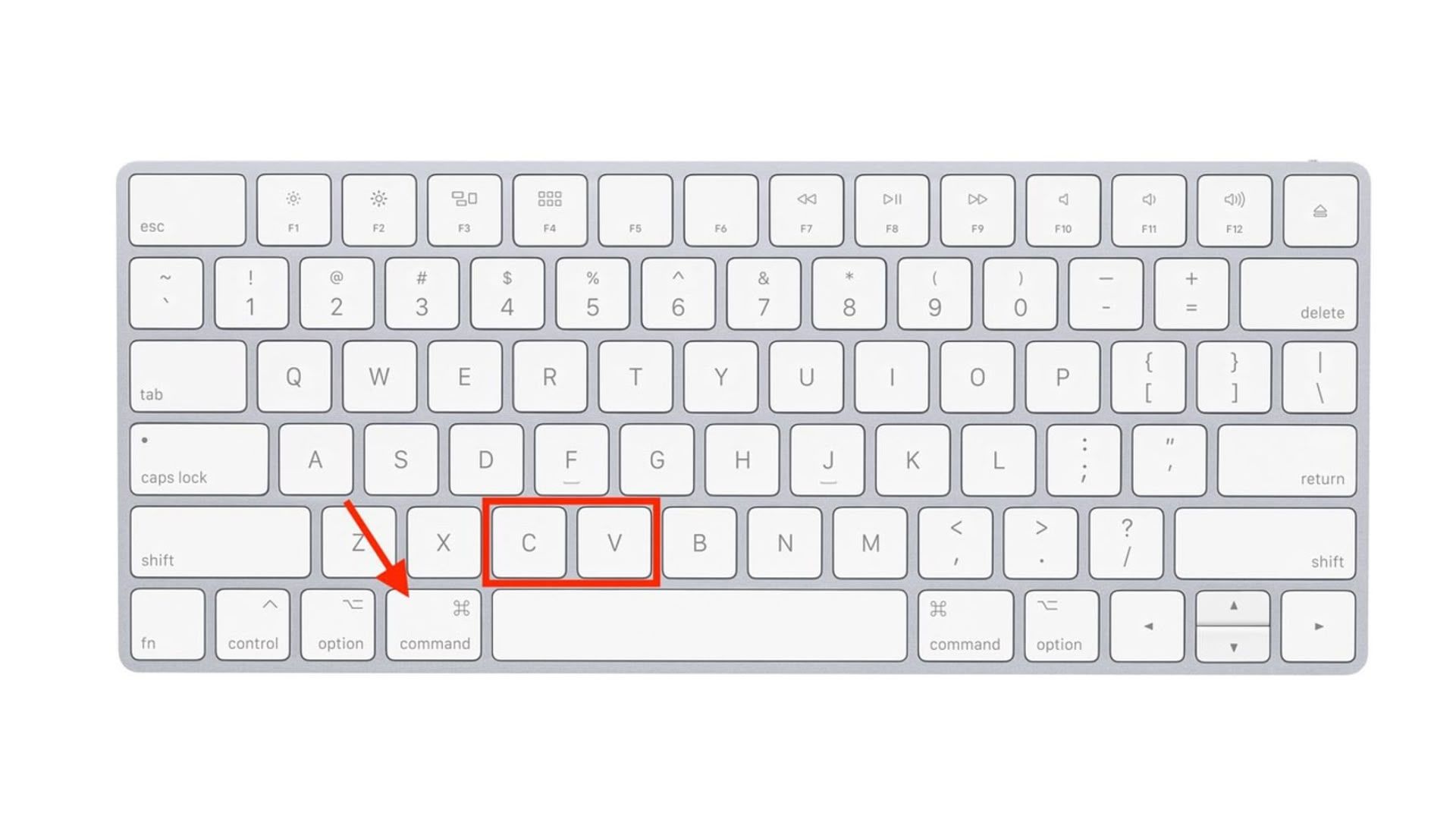Mastering Logical Operators in Python: AND, OR, NOT Explained with Examples
Understanding Logical Operators in Python Logical operators are essential in Python for combining conditional statements and making decisions in your programs. The three main logical operators are and, or, and not. The and operator returns True if both conditions are true. The or operator returns True if at least one condition is true. The not operator inverts the Boolean result — True becomes False, and vice versa. For example: python Copy Edit x = 10 y = 5 print(x > 5 and y < 10) # True print(x > 5 or y > 10) # True print(not(x == y)) # True These Logical Operators in Python are powerful tools for creating more complex conditions in your programs, such as checking multiple inputs or making decisions based on several factors.

Understanding Logical Operators in Python
Logical operators are essential in Python for combining conditional statements and making decisions in your programs. The three main logical operators are and, or, and not.
The and operator returns True if both conditions are true.
The or operator returns True if at least one condition is true.
The not operator inverts the Boolean result — True becomes False, and vice versa.
For example:
python
Copy
Edit
x = 10
y = 5
print(x > 5 and y < 10) # True
print(x > 5 or y > 10) # True
print(not(x == y)) # True
These Logical Operators in Python are powerful tools for creating more complex conditions in your programs, such as checking multiple inputs or making decisions based on several factors.








































































































































































![[The AI Show Episode 144]: ChatGPT’s New Memory, Shopify CEO’s Leaked “AI First” Memo, Google Cloud Next Releases, o3 and o4-mini Coming Soon & Llama 4’s Rocky Launch](https://www.marketingaiinstitute.com/hubfs/ep%20144%20cover.png)



















































































































![Did I Discover A New Programming Paradigm? [closed]](https://miro.medium.com/v2/resize:fit:1200/format:webp/1*nKR2930riHA4VC7dLwIuxA.gif)



































































-Classic-Nintendo-GameCube-games-are-coming-to-Nintendo-Switch-2!-00-00-13.png?width=1920&height=1920&fit=bounds&quality=70&format=jpg&auto=webp#)




.jpg?width=1920&height=1920&fit=bounds&quality=70&format=jpg&auto=webp#)






















































.jpg?#)
































_Wavebreakmedia_Ltd_FUS1507-1_Alamy.jpg?width=1280&auto=webp&quality=80&disable=upscale#)




















































































































![Hands-On With 'iPhone 17 Air' Dummy Reveals 'Scary Thin' Design [Video]](https://www.iclarified.com/images/news/97100/97100/97100-640.jpg)
![Mike Rockwell is Overhauling Siri's Leadership Team [Report]](https://www.iclarified.com/images/news/97096/97096/97096-640.jpg)

































































































































